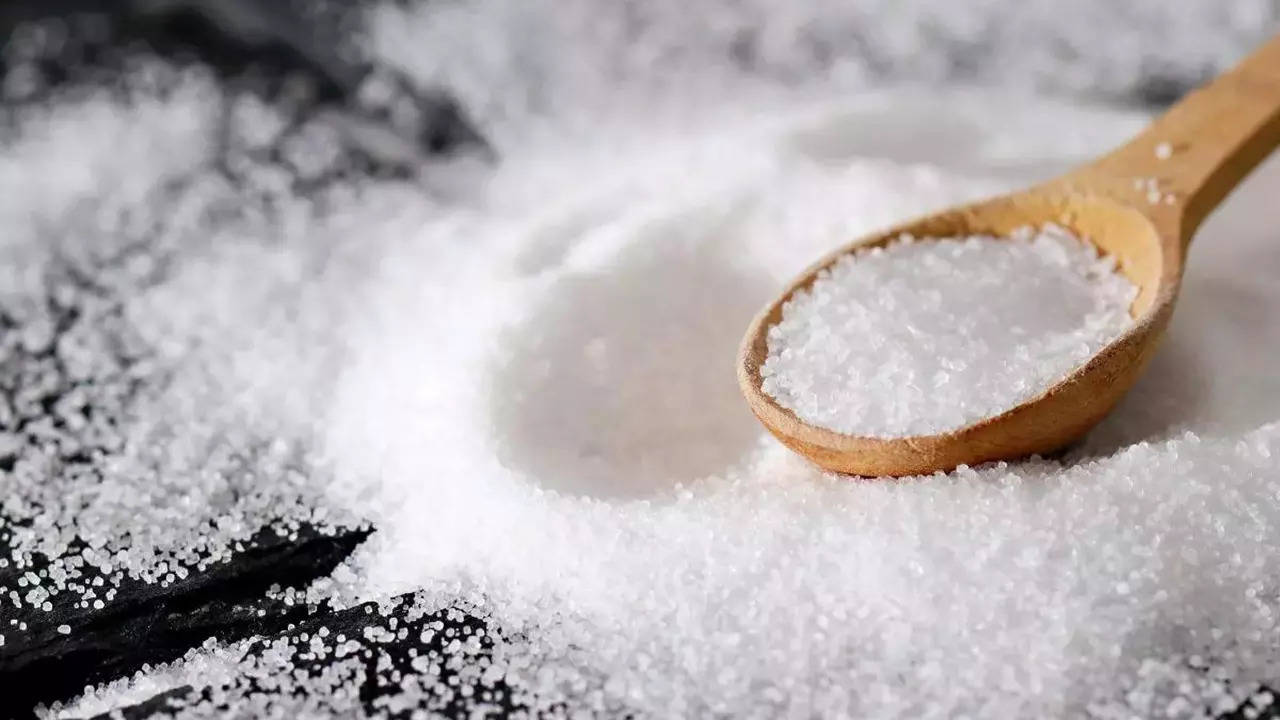
A new study has found that Indians consume 8 grams of salt on a daily basis which is 3 grams more than the WHO recommendation of up to 5 grams daily. The study, published in Nature Journal, also revealed that salt intake was significantly higher in men, people who live in rural areas, and those who are overweight. "The mean dietary salt intake is high in the Indian population, which calls for planning and implementing control of dietary salt consumption measures," it says.
The team of researchers from the Indian Council Medical Research–National Centre for Disease Informatics and Research found the determinants related to dietary salt intake in an adult population of 18–69 years that were assessed as part of the National NCD Monitoring Survey (NNMS) in India. It found that the mean daily salt intake was 8.9 gm per day for men and 7.1 gm per day for women.

The researchers have said that less than half of the study participants practised measures to control dietary salt intake and the most commonly adopted step was avoiding meals outside of the home.
Why is this study relevant?
Restricting salt intake is one of the most beneficial and cost-effective methods to reduce the incidence of blood pressure by 25%, the World Health Organisation (WHO) says. A high sodium level in the diet also increases the risk of stroke and cardiac failure severity. Salty diet is responsible for 3 million deaths globally because of cardiovascular diseases, reports have said. The WHO urges people to reduce salt intake to 5 grams per day and aims that by 2050 this can prevent an additional 87,870 premature ischemic heart disease and 126,010 premature strokes.

"A universal reduction in the dietary sodium consumption of at least 1.2 g per day would help achieve a 50% reduction in the proportion of persons who require anti-hypertensive treatment," it suggests.







